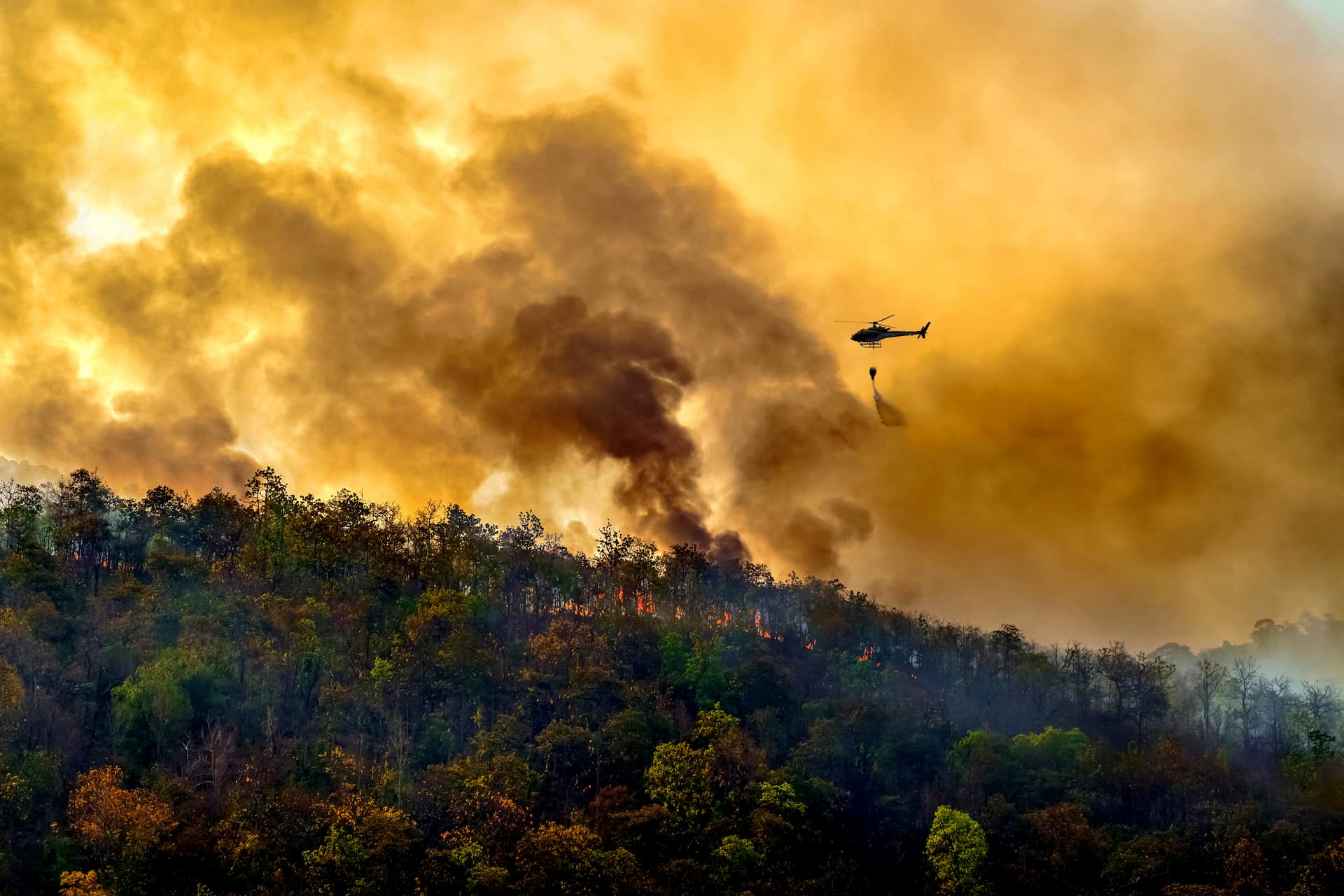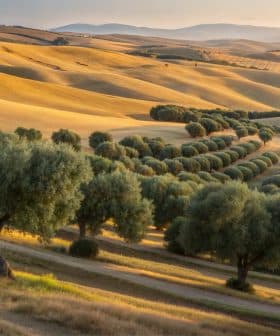 6.1K reads
6.1K readsN. America
California’s Drought Expected to Worsen in 2022

The recent rain showers in California will not alleviate the long-lasting drought, which has caused significant water stress and economic impacts on farmers in the state, with the Public Policy Institute of California (PPIC) forecasting that the situation will worsen in 2022 due to the effects of climate change. The severe drought has led to reduced water availability, lower crop yields, and rising costs for farmers, prompting the PPIC to propose mitigation strategies to address the challenges faced by the agricultural sector, which generates over $50 billion in revenue annually and employs more than 420,000 people in California.
The recent rain showers will not solve the long-lasting drought that has put most of California under severe water stress.
According to the Public Policy Institute of California (PPIC), the multi-year megadrought affecting much of the western United States has made 2020 and 2021 the worst two-year period in decades.
If it does not rain or snow in the winter, that’s it. We kind of have one season… This year, it didn’t happen.
The result has been reduced water availability, lower crop yields and rising costs for farmers. The PPIC forecasts also show that in 2022 things are poised to get even worse.
The PPIC experts believe that climate change is the cause of the “increasingly dramatic swings between dry and wet conditions,” also known as “precipitation whiplash.” The last two years have been close to the driest since records began in 1895, second only to the 1976 to 1977 drought.
See Also:Chile’s Ongoing Drought Leads to Water Rationing in SantiagoOn top of this, PPIC estimates that “unusually warm temperatures in 2021, nearly 3.5 ºF (1.9 ºC) above the 20th-century average, created an additional three to four inches of evaporative demand, or about an 8 percent increase in crop water demands.”
In 2021, the economic impact of the drought was considered modest, with the exception of Sacramento and the North Coast regions. Still, in 2022, the PPIC forecasts dry conditions to persist and the economic burden for farming activities to increase.
According to the United States Drought Monitor, almost 96 percent of California is now under severe drought conditions, which means that the wildfire season is longer and trees are under stress.
The severe drought has become extreme in about 47 percent of the state. In such conditions, reservoirs run very low, hydropower is affected and water availability becomes insufficient for agriculture.
Cary Fox of the United States Bureau of Reclamation told Wired magazine that California power plants’ reservoirs are running low. As a result, installations such as Shasta Powerplant will be able to produce around half of their full potential up to next fall, with rainfall expected to replenish the reservoirs only next winter.
“If it does not rain or snow in the winter, that’s it. We kind of have one season… This year, it didn’t happen,” Fox said.
The latest PPIC policy brief underlined how California agriculture relies heavily on irrigation and how low water availability might be a game-changer even if irrigation efficiency has generally improved.
“Climatic and regulatory constraints have limited surface water in recent decades,” the policy brief said. “Chronic overpumping of groundwater has dried up wells and damaged infrastructure, prompting the enactment of the Sustainable Groundwater Management Act (SGMA) in 2014.”
In 2021, California farms experienced a reduced surface water delivery due to low storage levels and water rights curtailments, with “allocations from the Central Valley Project and State Water Project dropped to zero for some growers.”
According to the PPIC, total deliveries for Central Valley and North Coast farms dropped by about 5.5 million acre-feet (680,000 hectare-meters) in 2021, 41 percent below the 2002 to 2016 average.
See Also:Climate Change Is Making Droughts More Frequent and SevereThat situation led many farmers to pump more water, even though there were insufficient quantities to compensate. While not all farmers have groundwater access, those who did still faced rising production costs, up to $184 million (€175 million) in higher energy bills due to pumping.
The effects of reduced water availability on farming include leaving some irrigated cropland unplanted and focusing only on highly profitable crops. Other irrigated lands were also idled to sell that water to other users.
As happens in many other parts of the world, local farmers are also getting used to deficit irrigation, which consists of adjusting to reduced water volumes while optimizing yields. Still, the PPIC experts warned that curtailed irrigation “can lower crop yields.”
An example is the Russian River Basin, where wildfires and reduced irrigation caused a 24 percent drop in revenue.
“Across impacted regions, crop revenue losses and increased pumping costs were estimated at $1.1 billion (€1.05 billion), with roughly 8,700 full- and part-time jobs lost,” the PPIC said.
Including other parts of the economy that have developed around the state’s agriculture sector, such as goods production and services, the PPIC estimates $1.7 billion (€1.6 billion) in revenue losses due to drought, with 14,600 jobs lost.
Given this scenario, the PPIC’s policy brief proposed several mitigation strategies, such as limiting pumping while planning new investments in modernization, reducing farm dependence on water, building on flexibility in water demand during drought, facilitating water trading and improving water storage.
The PPIC emphasized how these measures should be considered essential given that California’s agricultural sector generates more than $50 billion (€48 billion) in revenue yearly while also employing more than 420,000 people.









